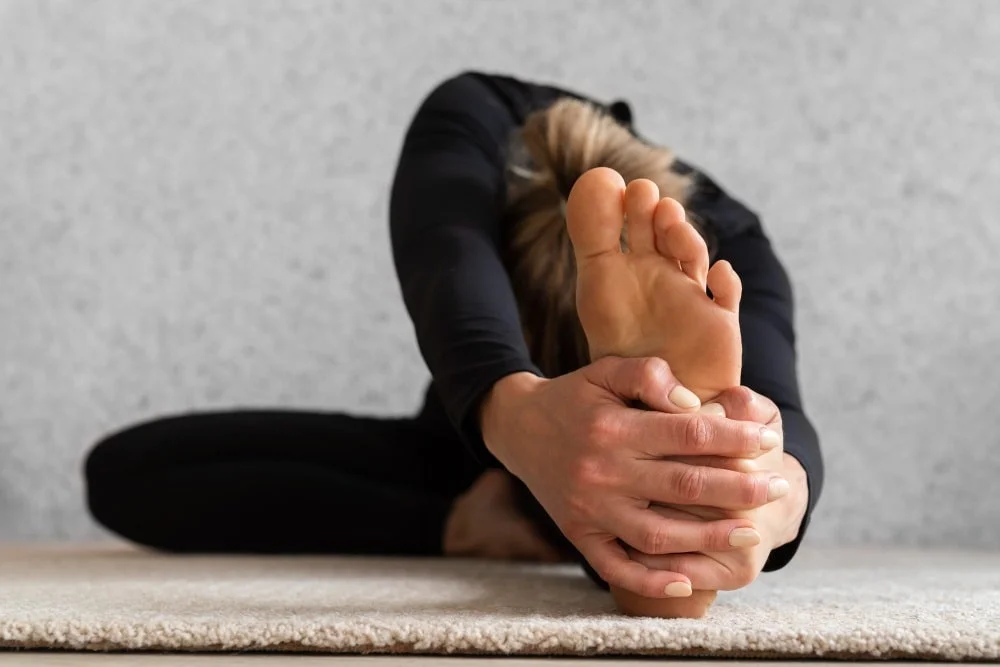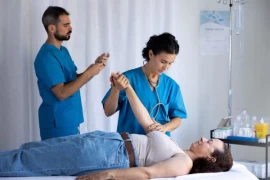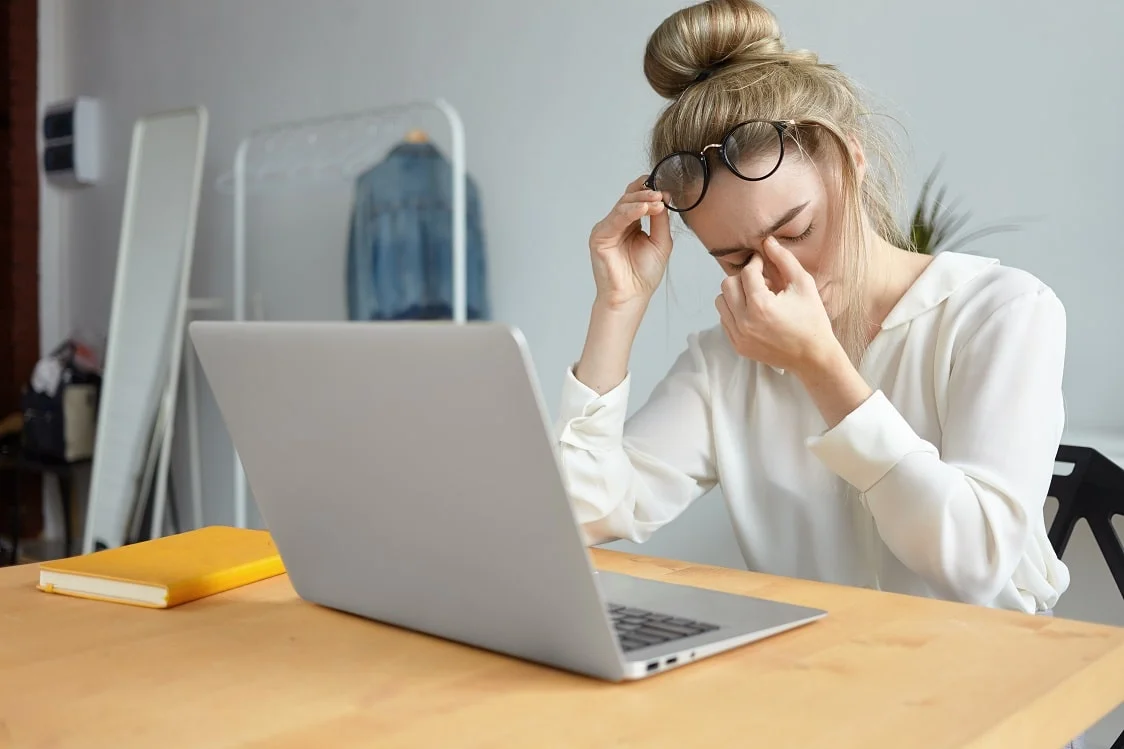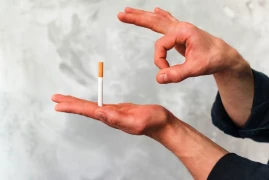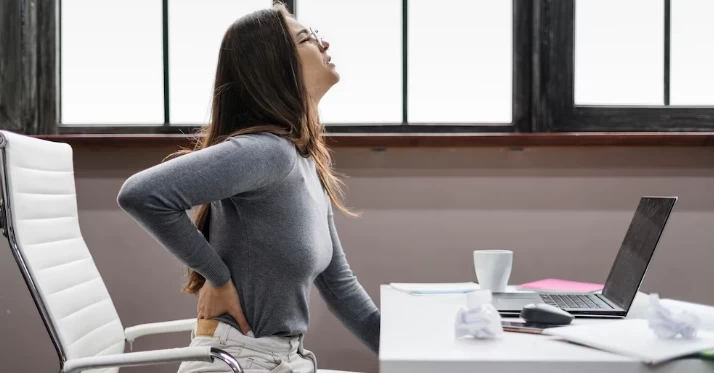
Back Pain
- Back Pain
- What is Back Pain?
- Types of Back Pain
- Acute Back Pain
- Chronic Back Pain
- What are the Causes of Back Pain?
- What are the Treatment Methods for Back Pain?
What is Back Pain?
Back pain is a discomforting condition felt in the area around the lower back, often characterized by sensations of pain, aching, burning, or throbbing, and sometimes it can radiate to the legs, hips, and heels. Back pain can occur due to various reasons and sometimes a definitive cause cannot be identified. It can originate from bones, cartilage, muscles, joint capsules, ligaments, discs, nerve coverings, or blood vessels.
Types of Back Pain
Acute Back Pain
Acute back pain refers to pain that lasts for less than six weeks. It can occur after a specific activity or injury, or it may arise without any identifiable prior cause. Approximately 80% of individuals experience a significant episode of back pain at some point in their lives. Generally, the pain subsides on its own, with over half of the cases fully recovering within two weeks. Within six weeks, about 80% of individuals will have completely resolved their back pain. However, in 30% of cases, the pain may become chronic and experience new flare-ups. The primary expectation of individuals with acute back pain is to have the pain alleviated quickly for relief.
Chronic Back Pain
Chronic back pain refers to persistent back pain lasting for more than three months. In cases of chronic pain, the possibility of a tumor should always be considered. If the pain occurs during rest or at night and is accompanied by weight loss, the possibility of a tumor should be taken into account. It is also important to distinguish between radicular pain radiating to the lower extremities and localized pain in the back. If the pain does not extend below the knee and is felt in the hips and front of the thigh, degenerative conditions may be considered. However, if the pain radiates below the knee to the calf and foot, nerve compression may be involved.
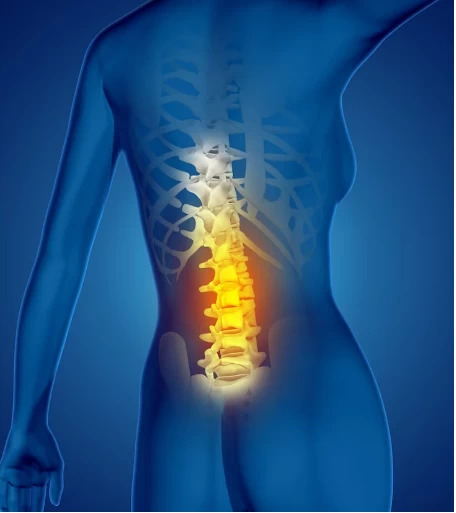
What are the Causes of Back Pain?
- Injuries
- Herniated Disc: It occurs when the protective outer layer of the discs between the vertebrae in the lower back tears, leading to nerve compression. Factors such as heavy lifting, prolonged bending, prolonged sitting in the same position, excessive weight, chronic stress, and childbirth can contribute to herniated discs. Back pain or leg pain may be more prominent due to a herniated disc. It can result in difficulties in sitting, a decrease in walking distance, limited mobility, and negative effects such as urinary incontinence and erectile dysfunction.
- Stress Fractures and Spondylolisthesis
- Lumbar Spinal Stenosis: The spinal cord passes through the spine and carries sensory and motor functions to the legs. It also controls urinary and bowel continence. Conditions such as decreased disc height, thickening of the intervertebral joint bones, capsules, or ligaments, and spinal misalignment (spondylolisthesis) can cause narrowing of the spinal canal, known as lumbar spinal stenosis. Symptoms typically include leg weakness, numbness, and tingling after walking a certain distance. Bending or sitting may alleviate or eliminate the symptoms temporarily, but they may recur after walking a specific distance.
- Scoliosis: It refers to the abnormal sideways curvature of the spine in an "S" or "C" shape. In the case of scoliosis, injections (prolotherapy) can be administered along with appropriate exercises. Surgical treatment may be considered based on the patient's age, degree of scoliosis, and the presence of compression.
- Infections
- Tumors
- Osteoporosis: It is a condition characterized by weakened bones.
- Rheumatic Diseases
- Stress
- Metabolic Conditions
What are the Treatment Methods for Back Pain?
The treatment of back pain involves specific interventions targeting the underlying causes. The following methods may be included in the treatment protocol:
- Hot and cold therapies
- Maintaining proper posture
- Healthy nutrition and weight control
- Choosing appropriate footwear
- Establishing a regular sleep schedule
- Physical therapy and rehabilitation interventions
- Tailored exercise programs (e.g., for herniated discs, scoliosis, postural and mechanical disorders)
- Injection therapies such as prolotherapy, platelet-rich plasma (PRP), neural therapy, and ozone injections
Prolotherapy injections involve the use of substances like dextrose serum solutions and PRP. This method strengthens the connective tissue in the back, helping to retract herniated discs and promote their shrinkage or elimination. Prolotherapy is a treatment option that can be applied to patients with disc herniation and should be considered before making a decision regarding surgery.
In neural therapy injections, local anesthetics are used in conjunction with a 5% dextrose solution or physiological saline. These injections are administered to the parallel muscles of the spine and the nerve projections in the skin. Superficial injections around the nerves are performed to achieve effective and rapid results in cases of acute back pain. Neuroprolotherapy is an effective injection treatment method for both chronic and acute back pain, employing similar techniques.
Ozone injection therapies can be utilized as an additional treatment option for back pain.
Here, we have evaluated rehabilitation methods for back pain. However, if patients experience progressive loss of muscle strength, decreased sensation in the feet, or persistent pain due to severe nerve compression, surgical treatment methods may be considered.


